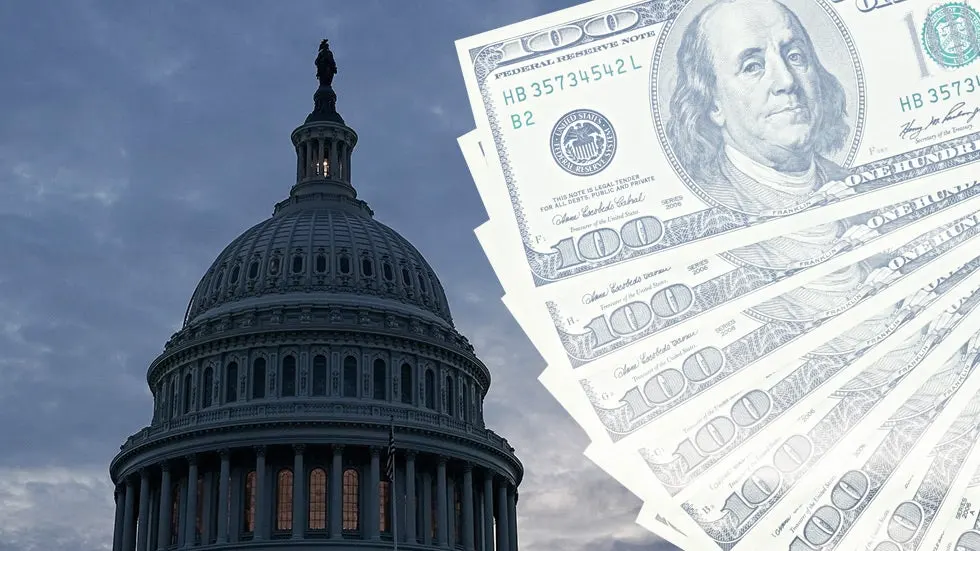Debt limit or debt ceiling implies to the cap on the total amount of funds that the United States is authorized to borrow for the purpose of meeting its discerning financial obligations and financing the government. Kavan Choksi points out that the federal government runs budget deficits or spends more than it brings in through taxes and other revenue. As a result, it has to borrow a substantial amount of money in order to pay off the necessary bills. Important obligations of the government range from paying salaries of the members of the armed forces to providing funding for social safety net programs.
Kavan Choksi sheds light on the United States debt ceiling
Approaching the debt ceiling ideally elicits calls by lawmakers to lower the government spending. One must also understand that lifting the debt limit does not actually authorize any new spending. Rather, it just allows the United States government to spend more funds on programs that have been authorized by Congress already.
The United States hit its debt limit on January 19th, and prompted the Treasury Department to use certain accounting maneuvers, also known as extraordinary measures, in order to continue paying the government’s obligations and avoid a default. Such measures curb certain government investments on a temporary basis so that important bills can continue to be paid. The national debt crossed $31 trillion for the very first time last year. The borrowing cap is set at $31.381 trillion.
As per the Constitution, the Congress should authorize government borrowing. The debt limit was instituted sometime in the early 20th century, so that the Treasury would not have to ask Congress for permission every time it had to issue debt to pay bills. Congress passed the Second Liberty Bond Act of 1917 way back during World War I, in order to provide the treasury with greater flexibility to manage federal finances and issue debt. The debt limit slowly began to take its current shape in 1939, when the Congress consolidated varying limits that had been set on diverse types of bonds into a single borrowing cap. At that time, the limit was set to $45 billion. Over the decades, this limit has been revised several times. The key aim of creating the debt ceiling or limit was to help the government run more smoothly.
As per Kavan Choksi, in case the debt ceiling of the United States is raised, the country would be able to borrow more money. The US Federal Reserve shall issue bonds to investors who buy them in cash. As a result, a good amount of cash might get sucked out of the market. After all, in this largely uncertain market, US treasury bonds are among the safest bets. However, this may also hamper the performance of riskier assets like equities as a lot more money would be moved to US bonds. This trend is often known as a “liquidity squeeze”. Lack of cash in the market forces a cap, or a fall, in prices of risky assets like stocks. There is also an upside to the drying up of cash in the market. In case there is a liquidity squeeze immediately after the ceiling is raised, the Fed could stop quantitative tightening (QT).




